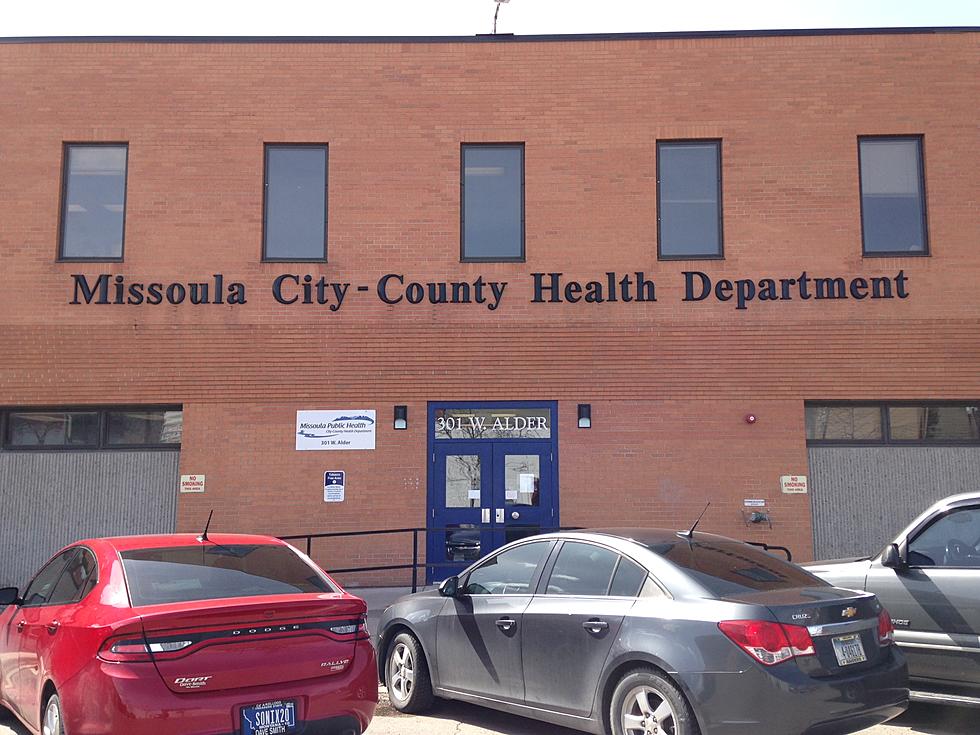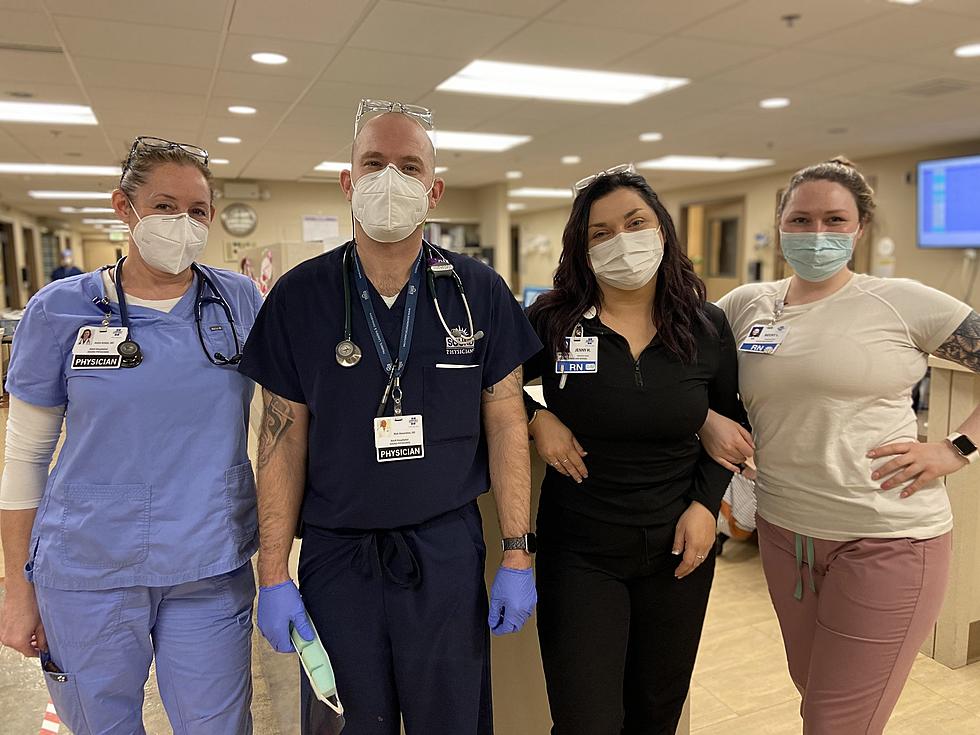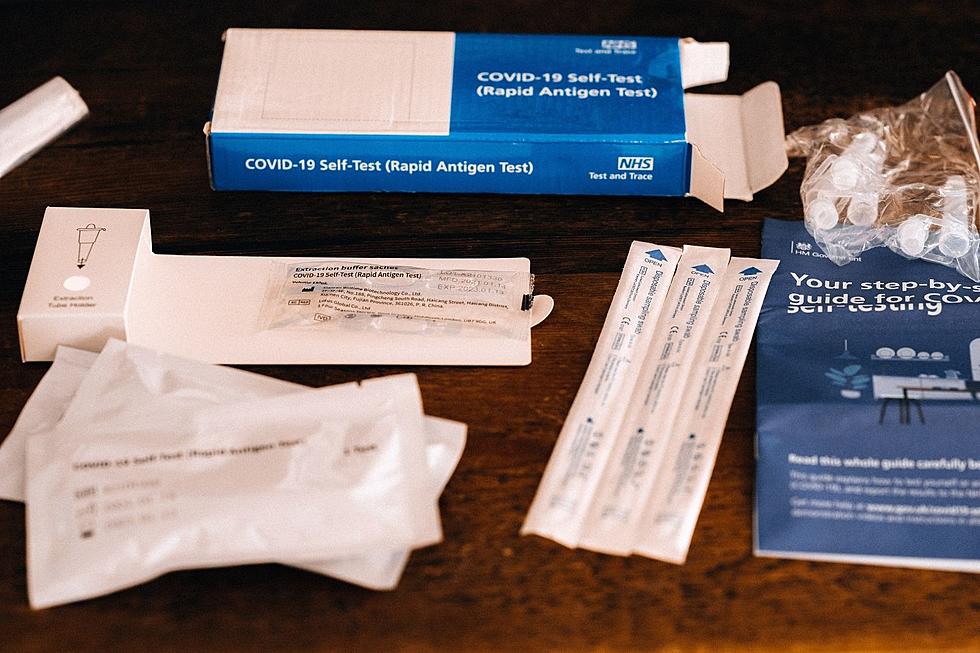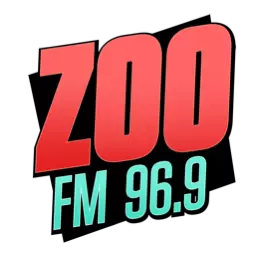
Health Department to Automate more COVID 19 Services
Since the task of contacting positive COVID 19 cases and their close contacts takes up so much time of health department employees, they will now be automating some contact functions.
Public Information Officer Hayley Devlin has details.
“We can reach the public quicker,” said Devlin. “We're automating some of our systems, and that includes our contact tracing, our case investigation and test results, among other things. So if somebody comes and gets tested, we'll be able to text them with their test results. If something ends up being a positive case, we're going to text them a link to a web form. Or we can collect more information from them, such as who their close contacts are. And then for close contacts, we're going to text them some links to see to have them take a survey so we can see how long they need to quarantine for and give them some advice with that.”
Devlin laid out just how much time each close contact call can take for one employee.
“The staff was spending too much time on the phone,” she said. “On average, it takes one staff member about an hour to an hour and 10 minutes to talk to just one person. We have about 120 new cases in a day, and those 120 cases each have 10 to 15 close contacts, so you can see how quickly we can get behind because that's a lot of man hours.”
Devlin said even though the health department is not experiencing record numbers to start the week, the numbers are still unacceptably high.
“We're not quite at record numbers, but we're just shy of it,” she said. “I'd say we're still holding pretty strong and we're still in an area where we don’t want to be. As far as case numbers and hospitalizations go, we still need to get those numbers a lot lower. So I would caution anybody who says that this thing is turning around right now, we're heading into those colder winter months where people are going to be clustering inside more. I'd urge everybody to keep washing their hands really well, wear a mask in public and do all those other great mitigation measures that can help reduce the spread.”
Devlin was asked if it was recommended to get a flu shot at the same time as a COVID 19 booster, or to wait between the jabs.
“You don't have to wait,” she said. “They can actually be co-administered if you want, so if you had a bit of a low grade fever or maybe muscle aches or any of those common side effects after your second dose, you might just want to get both shots on the same day if you can do that at your provider's office and then you’ll only have one day of downtime.”
All testing patients at Flynn Lane will be able to get their results via text message. COVID-19 positive patients tested through the health department will get a text to a web form within 48 hours of taking their COVID-19 test. This web form gives patients instructions on how to properly isolate and more. If patients don’t fill out their web form within 24 hours of receiving it, they’ll get a phone call from a case investigator.
Answers to 25 common COVID-19 vaccine questions
More From 96.9 Zoo FM









